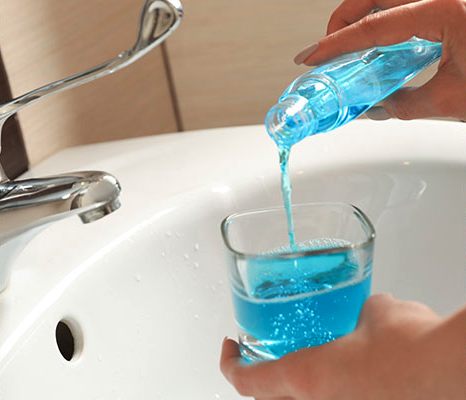Key Points/Overview
In industrial applications, phenol is often a component of wood preservative compounds or wood adhesives commonly used in plywood.
Although consumers use products that contain a small amount of phenol, such as mouthwash and throat lozenges, direct contact to the raw material is most common in manufacturing environments or near landfills.
If phenol comes into contact with skin, the Princeton University Office of Environmental Health and Safety recommends rinsing the skin immediately to prevent chemical burn or absorption into the body.
Uses & Benefits

Sterilization Applications
Carbolic acid was used by Joseph Lister as one of the first antiseptics to sterilize medical equipment for cleaning wounds. When mixed with reagents, phenol can be an effective disinfectant for toilets, stables, floors and drains.
Phenolics are used as disinfectants in household cleaners and can have an anti-inflammatory effect in mouthwash. Butylated hydroxytoluene is a phenol that is a common antioxidant in food, cosmetics and industrial fluids.

Industrial and Consumer Product Applications
Phenol is used to manufacture polycarbonate and epoxy resins, used in a range of consumer product and industrial applications, from protective eyewear, sports safety equipment and food containers to coatings, electronic equipment and automobiles
Phenolics also can be used as an intermediate for industrial synthesis to make a variety of products, ranging from plastics, explosives, paints, fertilizers, textiles, aspirin and paper. Hydroquinone, a common phenol, is used as a reduction agent in photographic developing solutions.

Wood products
Phenol is a major component of phenolic adhesives used in wood products like plywood and oriented strand board (OSB). Phenolics can also be used in wood preservatives such as creosote.

Safety Information
Occupational Safety
Phenol can be corrosive to the eyes, skin and respiratory tract; concentrated solutions have the potential to cause severe burns of the skin and mucus membranes. It is readily and highly absorbed through skin and exposure to concentrated amounts can be harmful to the liver, kidneys and the central nervous system. The U.S. Occupational Health and Safety Administration has calculated the extent of absorption through the skin that could cause adverse effects for phenol, and other chemicals.
If high levels of phenol comes into contact with the skin, Princeton University’s Environmental Health and Safety Office recommends immediately flushing the skin with large amounts of water. The American Chemistry Council’s Phenol Panel also sponsored two studies addressing treatment for skin contact with phenol:
- Efficacy of topical phenol decontamination strategies on severity of acute phenol chemical burns and dermal absorption: in vitro and in vivo studies in pig skin
- Decontamination of the skin of swine following phenol exposure: A comparison of the relative efficacy of water versus polyethylene glycol/industrial methylated spirits
Consumer Safety
Consumers may be exposed to phenol if they live near landfills, hazardous wastes sites that contain phenol, or facilities that manufacture it. Following small, single releases, phenol is rapidly removed from the air.
In the home, consumers may be exposed to very low levels of phenol found in products like mouthwash and throat lozenges. According to the CDC’s Agency for Toxic Substances and Disease Registry, the dose, duration and how a person comes into contact with phenol can determine whether or not it may have an adverse impact.


